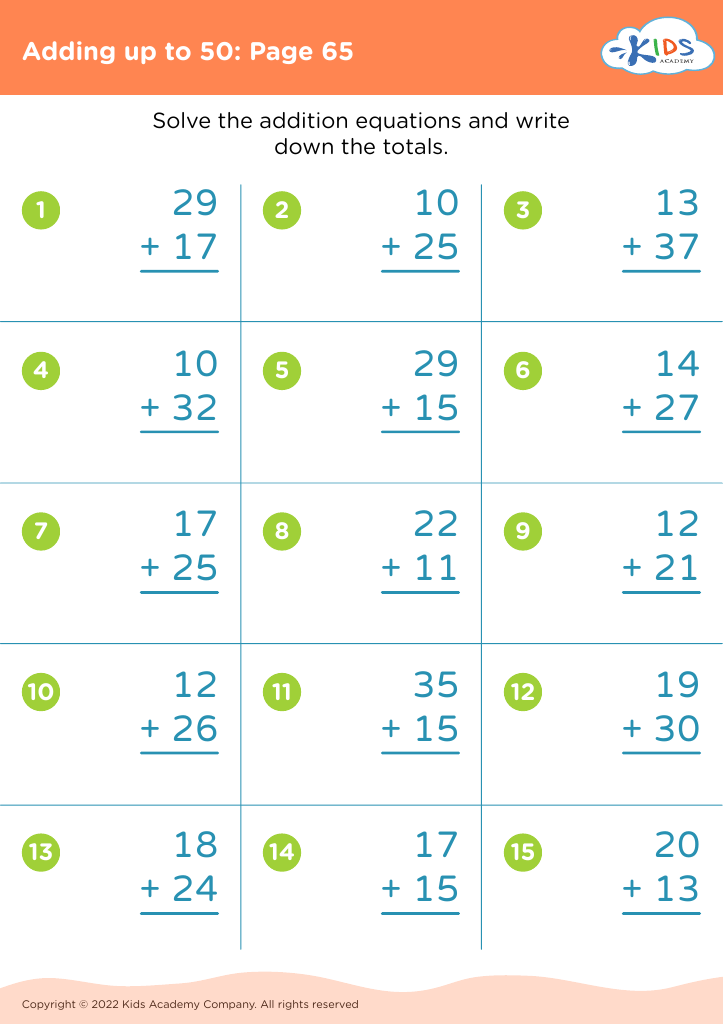Understanding number relationships Addition & Subtraction Worksheets for Ages 3-7
8 filtered results
-
From - To
Unlock the foundations of math with our "Understanding Number Relationships: Addition & Subtraction Worksheets" designed specifically for children ages 3-7. These engaging worksheets help young learners explore and grasp the essential concepts of number relationships, laying the groundwork for successful arithmetic skills. Ideal for parents and educators, our resources combine fun illustrations and age-appropriate activities, encouraging children to master addition and subtraction in a playful way. As they progress, kids will build confidence and spatial awareness while enhancing their critical thinking abilities. Start your child's math journey today and watch them thrive with these invaluable learning tools!
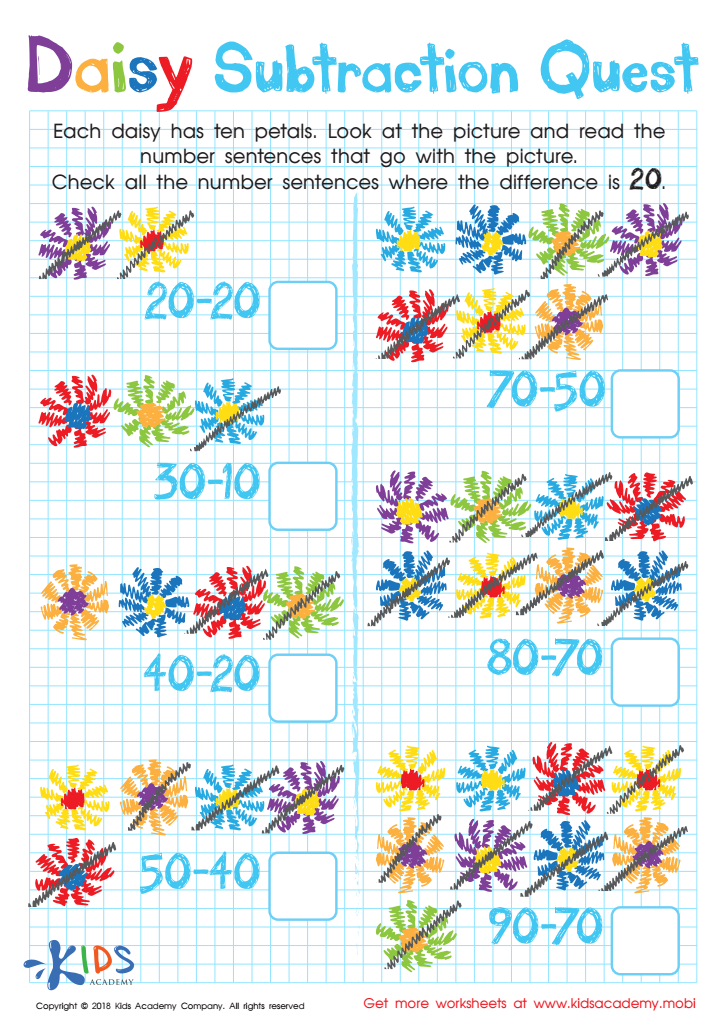

Daisy Subtraction Quest Worksheet
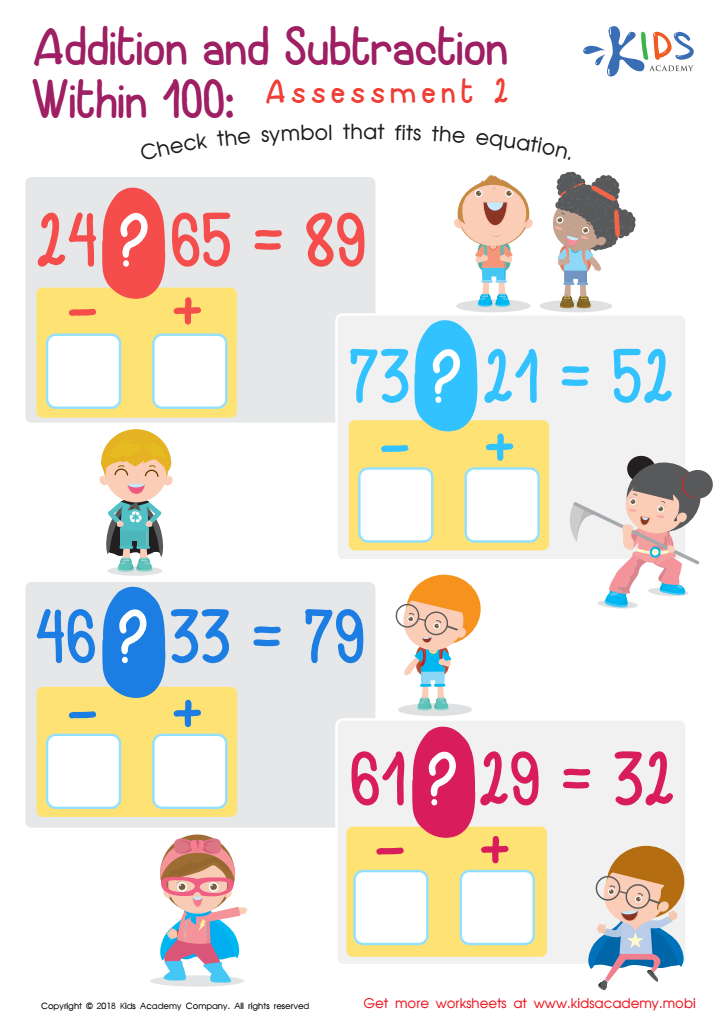

Addition and Subtraction Within 1: Assessment 2 Worksheet
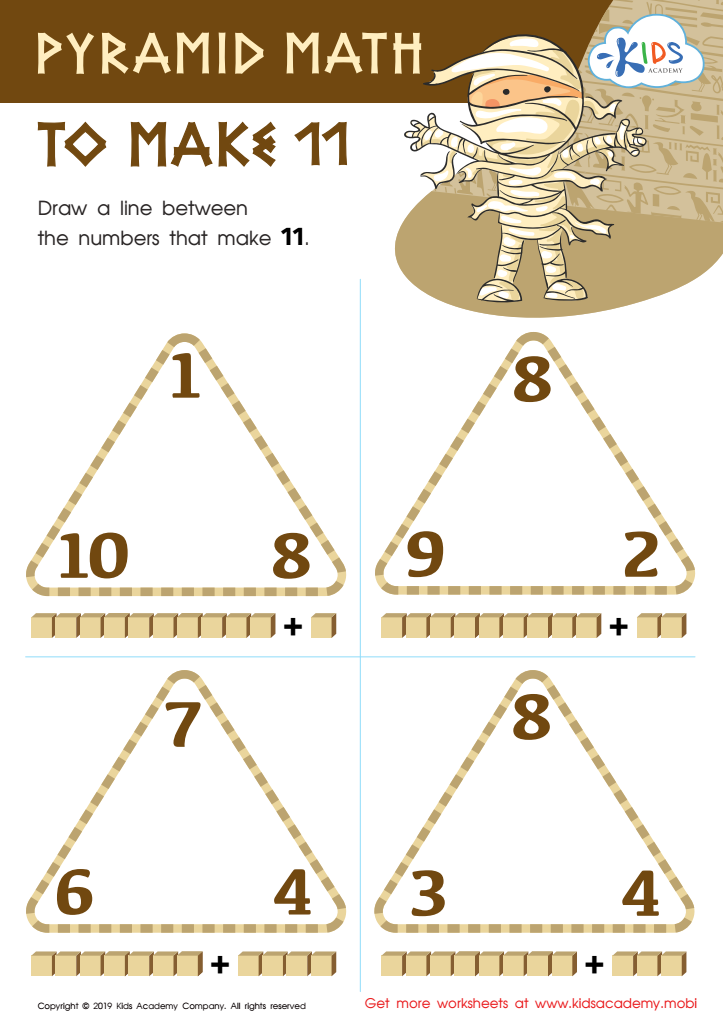

Pyramid Math to Make 11 Worksheet
Understanding number relationships, particularly addition and subtraction, is crucial for young children aged 3-7 as it forms the foundation for their mathematical development and overall academic success. At this age, children's cognitive abilities are rapidly developing, and introducing them to these concepts cultivates critical thinking skills. When parents and teachers focus on these relationships, it helps children make sense of the numbers they encounter daily, fostering numeracy.
Early familiarity with addition and subtraction promotes problem-solving abilities; children learn to recognize patterns and make connections between numbers, enhancing their analytical skills. Furthermore, these foundational concepts can help mitigate math anxiety later in life, making mathematics a less intimidating subject.
By engaging in activities that emphasize number relationships, parents and teachers can create a supportive learning environment. This can involve games, storytelling, or practical tasks that include counting, sharing, and comparing quantities, which are not only fun but also educational.
Additionally, establishing a strong grasp of addition and subtraction encourages persistence and resilience as children encounter challenges. This growth mindset contributes not only to their math skills but also to their overall confidence and willingness to tackle complex topics as they progress through their education.
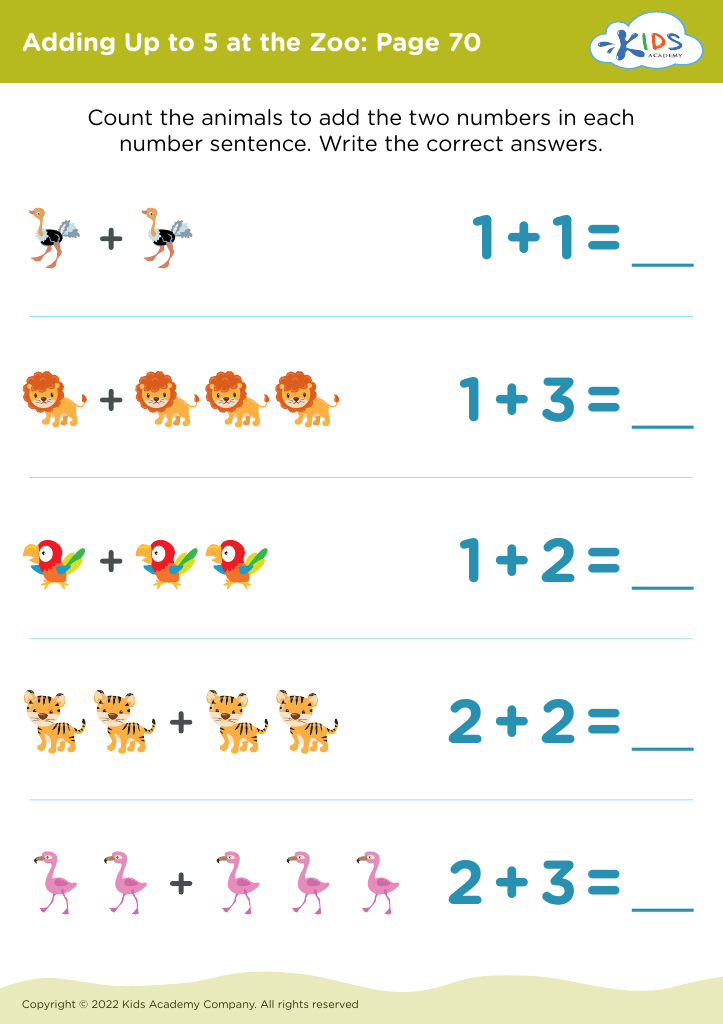

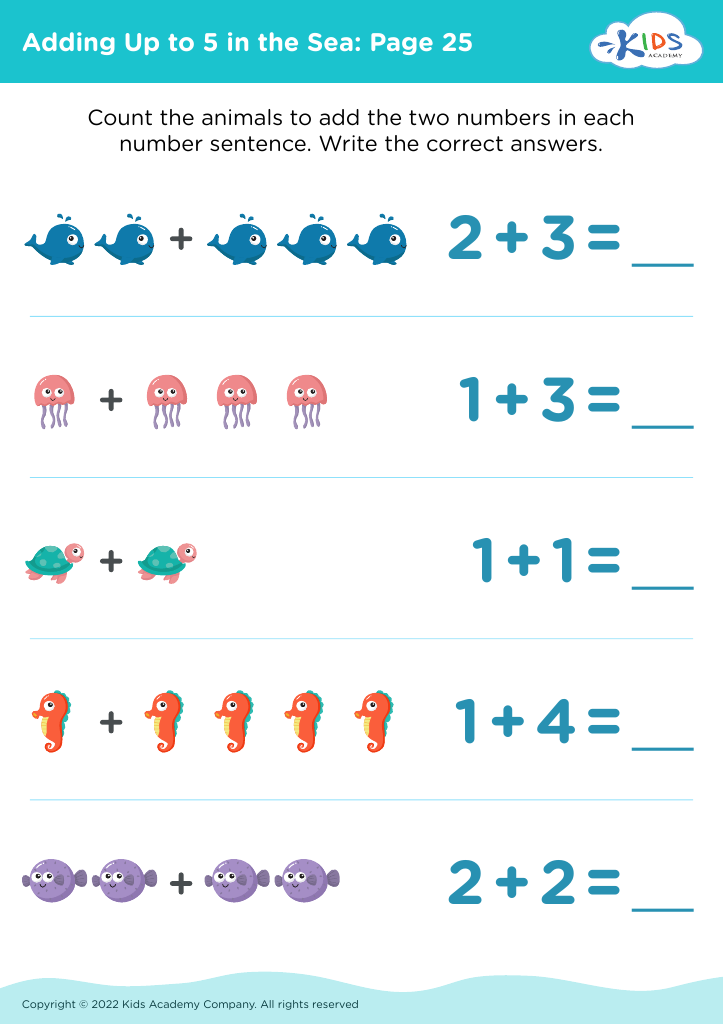
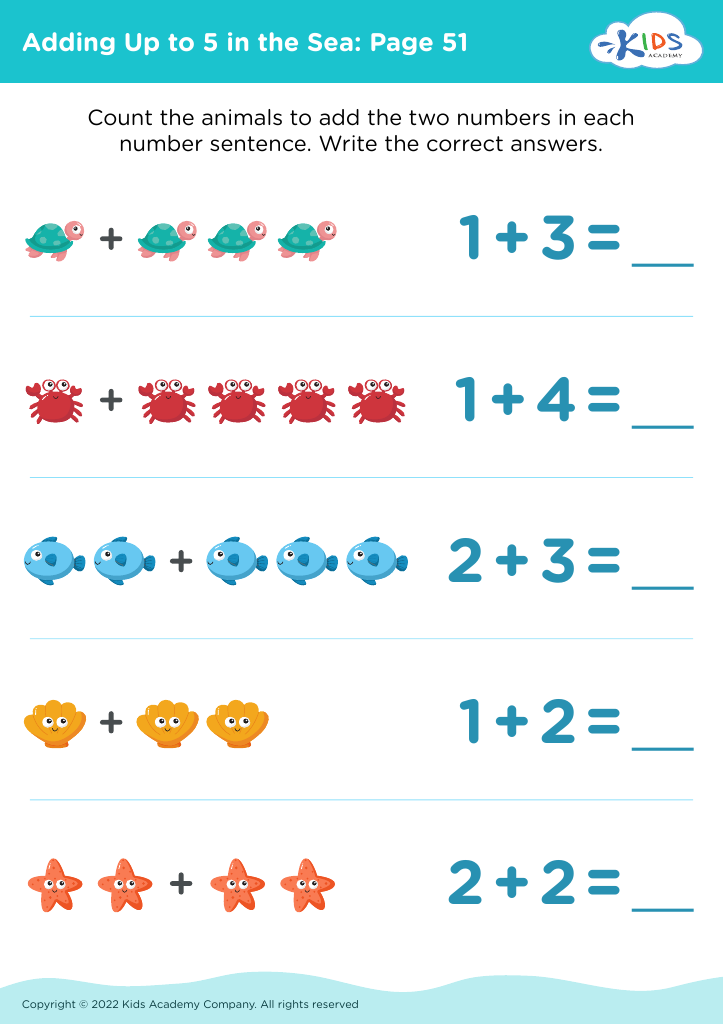
 Assign to My Students
Assign to My Students


